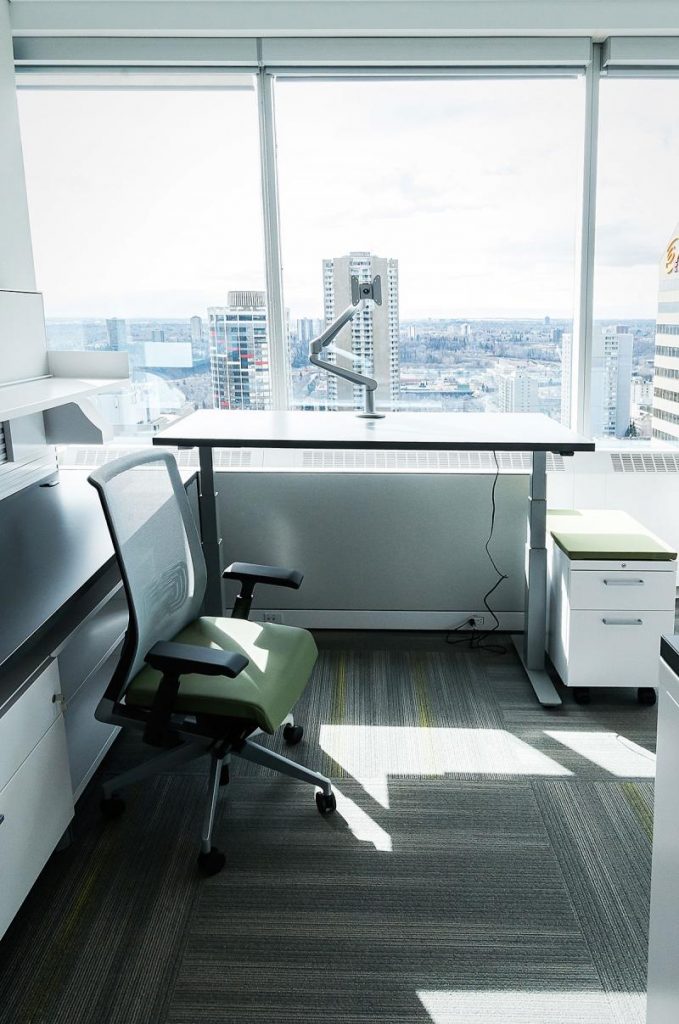How The Private Office Is Evolving
August 18, 2021

In recent years, plenty of research has been published both proving and denying the benefits of all types of office layouts. While one study suggests that businesses tear down walls and operate in a purely collaborative environment, another discusses the issues caused by such layouts, and instead, promotes the continuation of the private office.
So what’s a company to do?
Those looking to support their employees while still mitigating operating costs may find themselves scratching their heads and wondering who’s advice to follow.
Truth be told, there’s validity to each point of view. And certainly, there’s not a single right answer. In most cases, business leaders conclude that a mixture of work environments is best. One department’s work may be more conducive to an open, group atmosphere, while another relies on the privacy and concentration that enclosed offices allow.
So, since private offices are here to stay, here are a few tips to modernize and enhance them to reflect the way people work in the 21st century:
While employees who work in private offices don’t depend on technology the way mobile workers do, the need for tech-integrated furniture is still key. By incorporating power and data outlets within the furniture, people can utilize more of the available office space and have the flexibility to move around easily, which is especially useful when impromptu meetings come up.
1. Consider New Technologies
Also consider adding extra power, charging, and data connections to support mobile workers who may use the offices as a touchdown space when visiting.
2. Make Space For Collaboration
Private offices are, of course, intended primarily for individual work. Yet, as we’re all aware, collaboration drives innovation and creativity. With that in mind, create a space that allows for a seamless transition between contemplative and collaborative work. Create a space that allows coworkers to sit side-by-side when reviewing a document. This may seem like a small gesture, but it helps balance the dynamic and create an atmosphere of equality.
When possible, add a lounge area. Not only are comfortable seating and a change of scenery helpful for individual work, but a lounge space offers a great location for casual meetings between coworkers and guests, too.
3. Bigger Isn’t Necessarily Better
Historically, the higher up the corporate ladder an employee sat, the larger the office they typically had. Nowadays, with companies prioritizing financial and environmental sustainability over status, it’s more about creating a functional space than a prestigious one. Unique storage solutions can double as extra seating, as an example. The key is making the most of the space available.
4. Encourage Movement
Flexible and activity-based work environments have been gaining popularity, due in part to the focus on increasing movement amongst employees. We now understand the importance physical activity has on mood, concentration, mental and physical health, and more.
And as a result, many companies are implementing work scenarios where employees can choose from a range of workstations, depending on the task at hand. But for those who still prefer a private office setting, don’t fret. By incorporating sit-to-stand desks, or standing height tables, you can still empower workers to engage in healthy, active work habits.
Whether you’re looking for classic, modern, quirky, or sophisticated, CDI Spaces has a vast range of options to suit your company’s needs. Reach out to us today.


